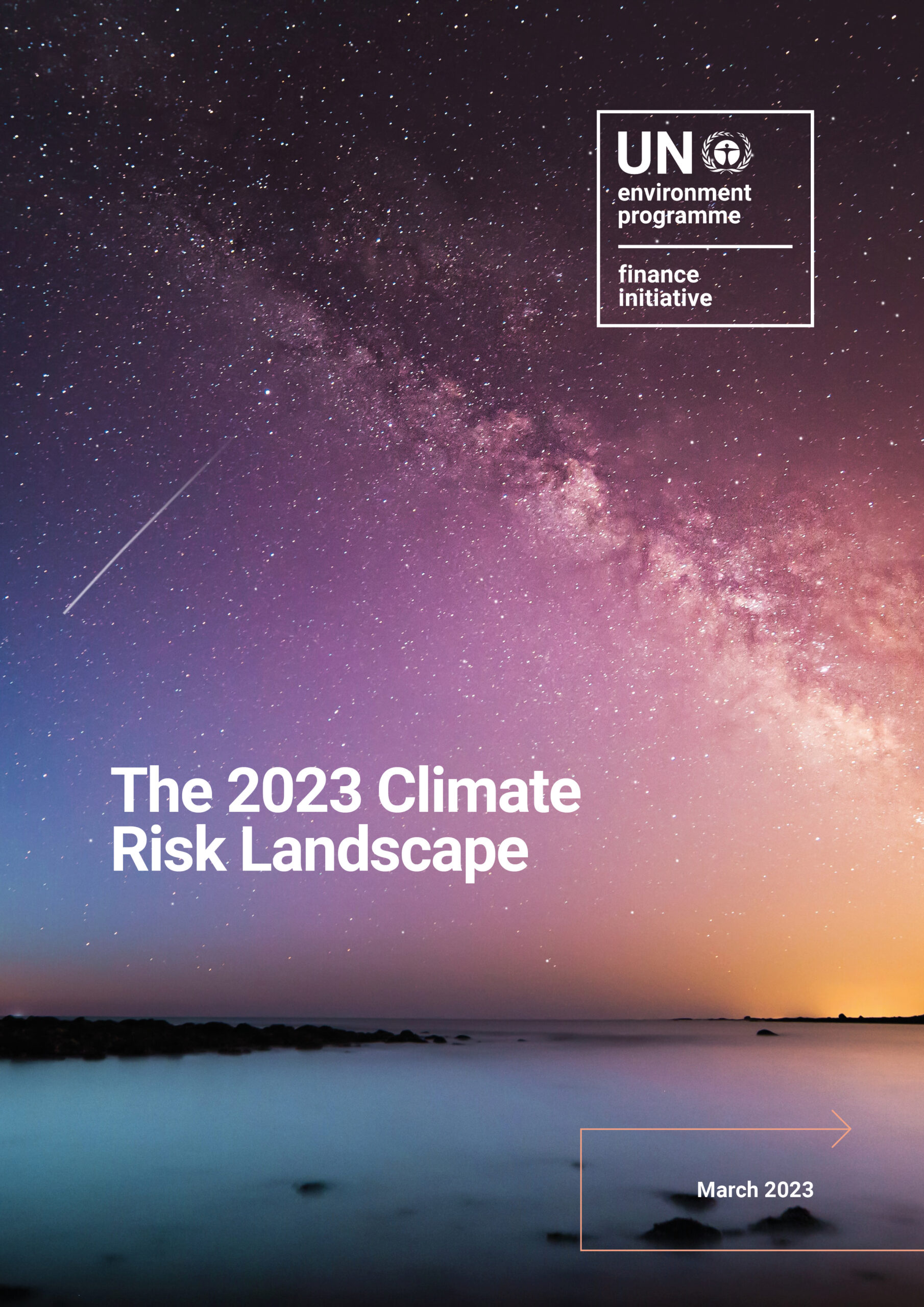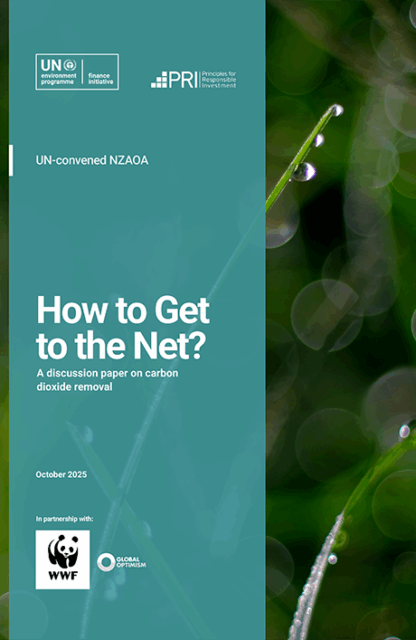Ten years after the 2015 Paris Agreement, decarbonization remains a cornerstone of achieving net-zero emissions by 2050. However, decarbonization alone is insufficient. While reducing emissions is critical, the atmospheric concentration of carbon dioxide (CO2) already exceeds acceptable levels, necessitating the removal of historical emissions to reverse climate change. Carbon dioxide removal (CDR) is essential to achieving “net negative” emissions, a concept supported by climate science and integrated into ambitious net-zero pathways.
Natural carbon sinks, such as forests and oceans, have historically played a key role in removing CO2. However, deforestation, ocean acidification, and other factors have diminished their effectiveness, with some at risk of becoming net emitters. Preserving these ecosystems is vital but insufficient on its own. Both nature-based and technology-based CDR solutions must be scaled rapidly to meet the growing demand for durable carbon removal.
Nature-based solutions offer scalability and environmental co-benefits but face challenges like reversal risks, while technology-based solutions provide durability and verifiability but are costly. Carbon markets are pivotal in scaling CDR solutions but have struggled to support removals effectively.
This NZAOA report explores the current CDR landscape, identifies barriers to scaling, and offers recommendations to enhance carbon markets, mobilize financing, and foster a stable demand for CDR.



